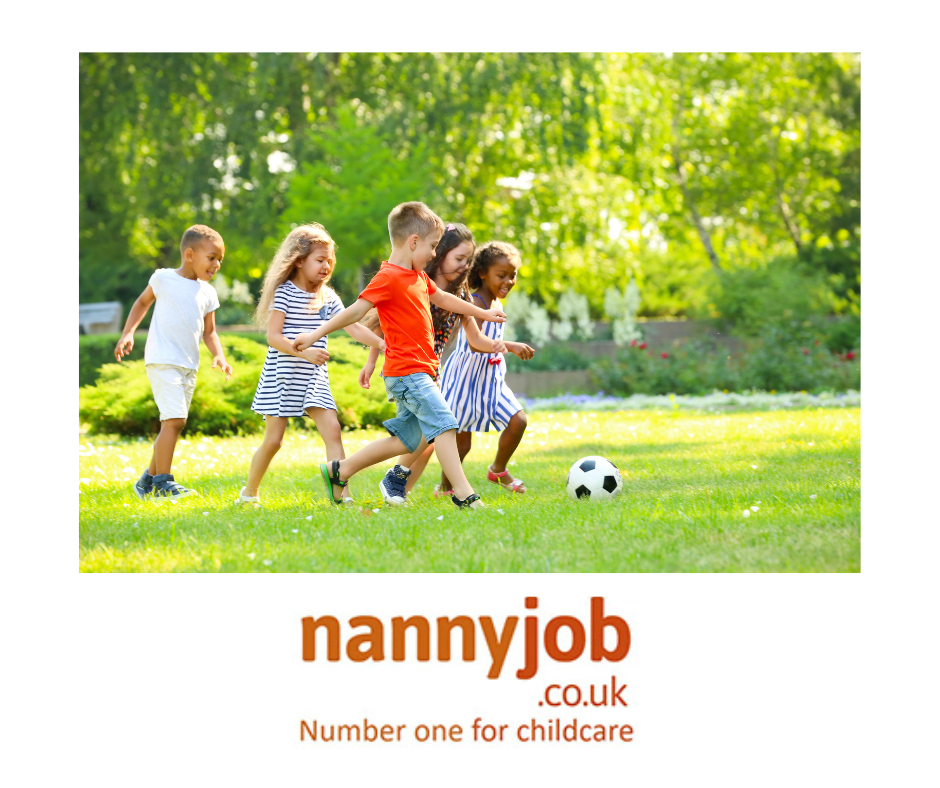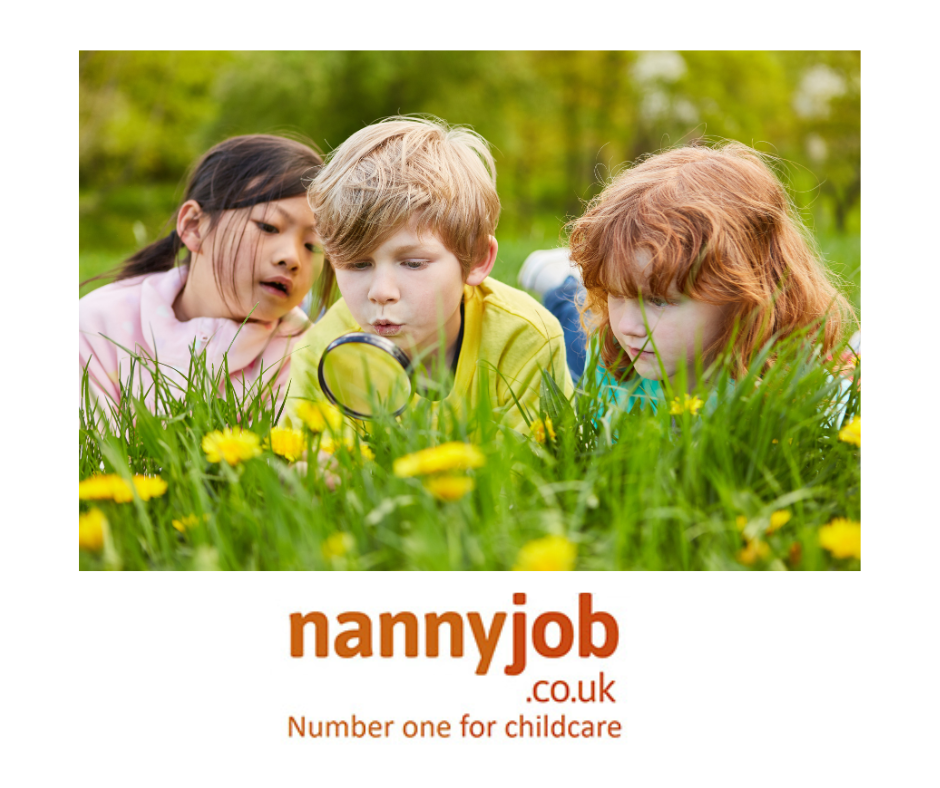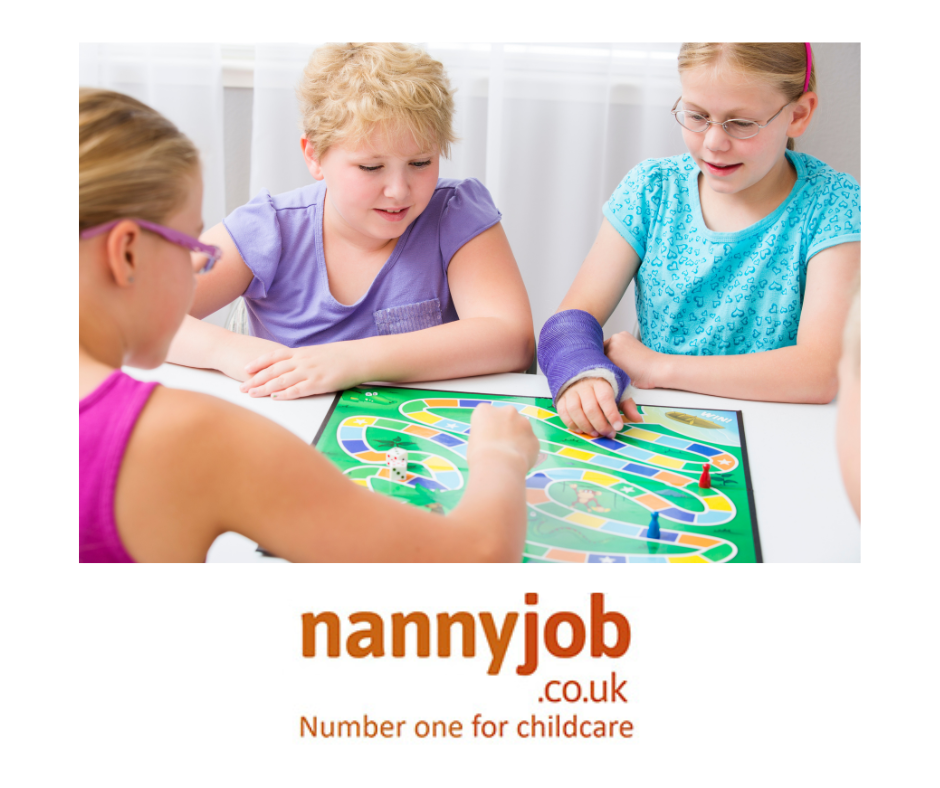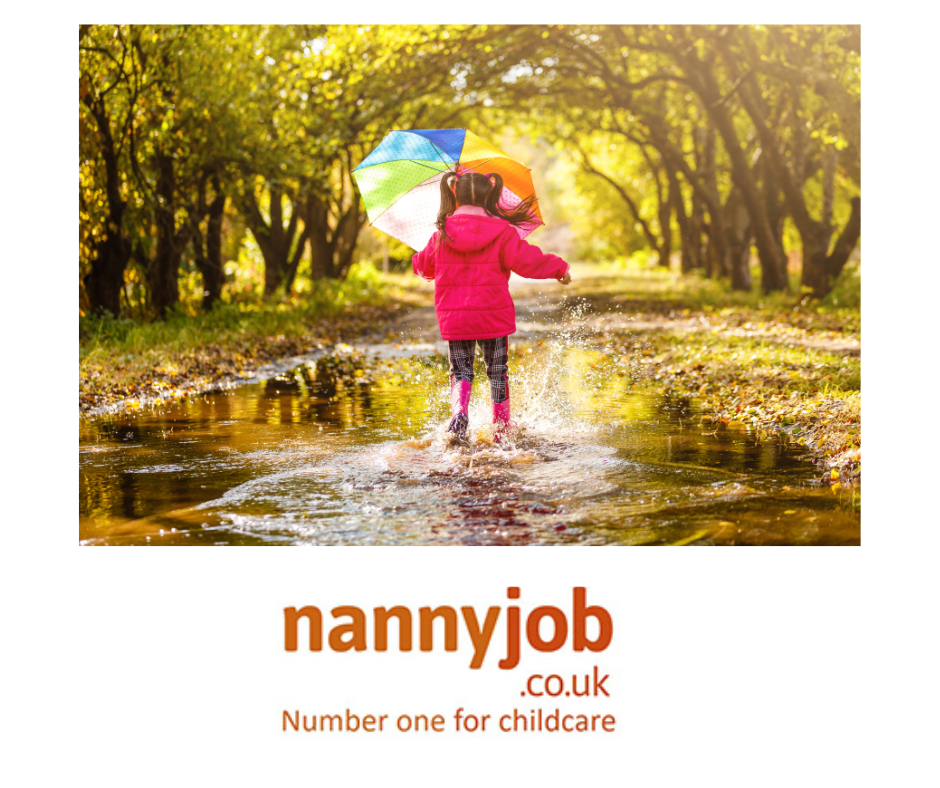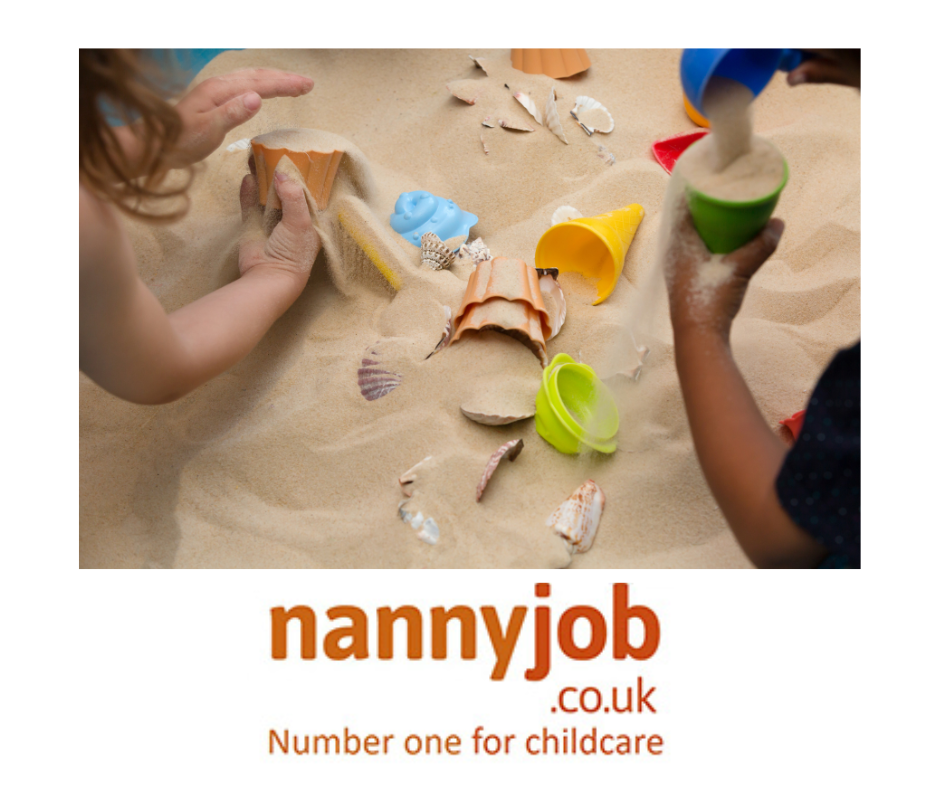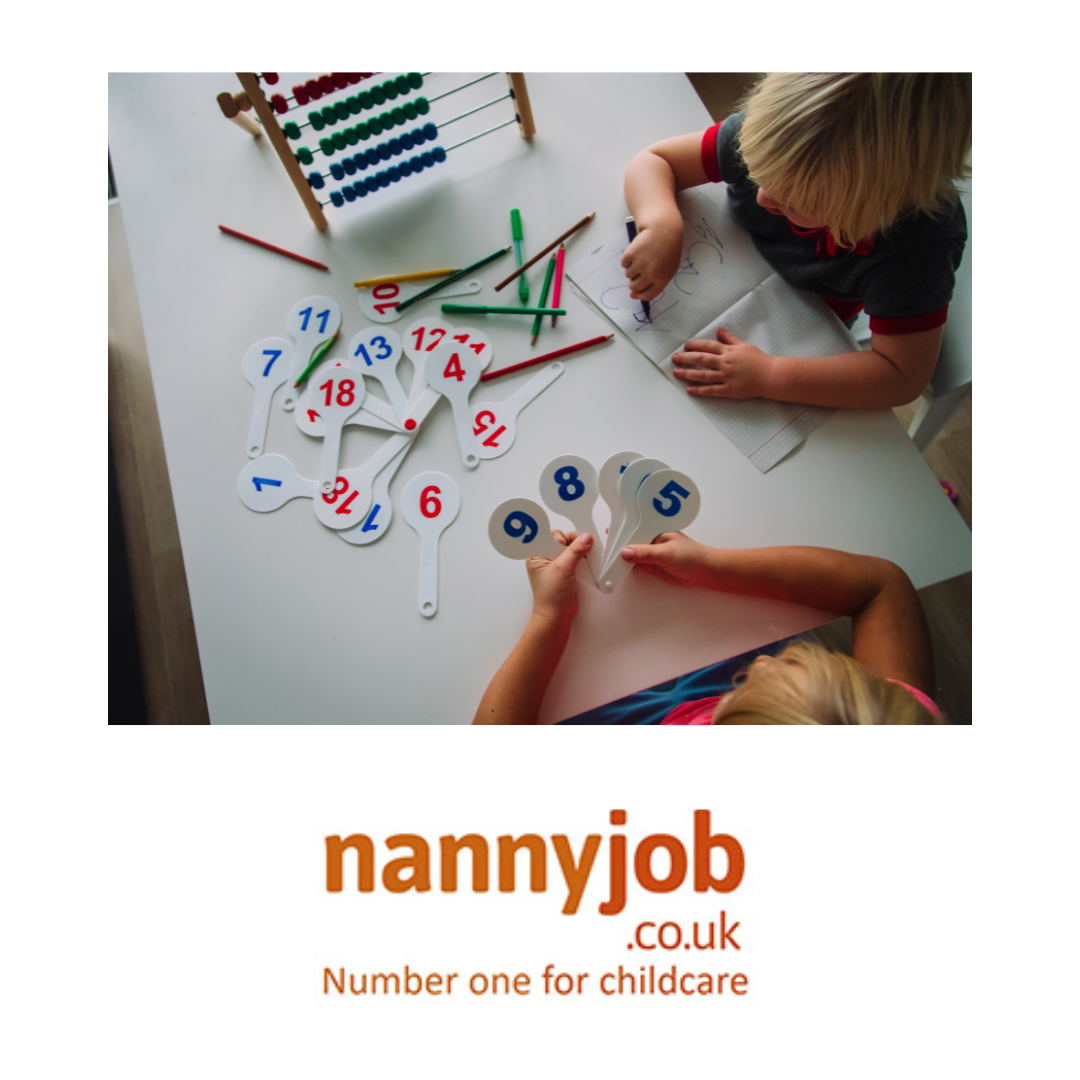Ah, the holidays – a time of festivity, relaxation, and joy! But as most nannies and child carers know, it can also be a challenging period when it comes to keeping kids active, engaged, and away from the screen. With a bit of creativity and planning, you can turn this holiday downtime into memorable, active adventures. Here’s how:
1. Explore the Great Outdoors:
- Nature Walks: Bring along a magnifying glass, and let the children explore every little detail – from interesting rocks to unique bugs.
- Local Park Visits: With slides, swings, and ample space to run, parks are always a hit.
- Biking: Choose safe trails or parks that allow children to pedal around freely.
2. Indoor Action:
- Dance Parties: Turn on their favorite tunes and have a spontaneous dance-off.
- Obstacle Courses: Use pillows, chairs, and other household items to create a fun and challenging course.
3. Crafts with a Twist:
- Scavenger Hunts: Draft a list of holiday-themed items or treasures for them to find.
- DIY Craft Stations: From making holiday cards to ornaments, crafts can be both fun and motor-skill enhancing.
4. Enroll in Workshops or Classes: Many community centers or local organizations offer special holiday workshops ranging from pottery to basketball.
5. Cooking & Baking: Engaging kids in the kitchen not only keeps them active but also teaches them valuable life skills. Bake holiday-themed cookies or make a meal together.
6. Plan a Day Out: Museums, botanical gardens, zoos, or even just a day in a new town can keep kids walking, exploring, and learning.
7. Mindful Activities: Yoga or simple stretching exercises can be a fun way to keep kids active. Introducing them to mindfulness and basic meditation can also be a refreshing activity.
8. Engage in Group Games: Games like “Simon says”, “Duck, duck, goose”, or even a simple relay race can get their heart rates up.
9. DIY Projects: Building a birdhouse, sewing, or any DIY kit can keep those little hands and minds busy.
10. Set Screen Time Limits: It’s okay to allow some downtime with screens, but be sure to balance it with other activities.
Lastly, involve the children in planning. When they have a say in the day’s activity, they’re more likely to be enthusiastic participants. With a bit of imagination, the holidays can be an active, enjoyable time for kids, making your role as a nanny both fulfilling and fun.

